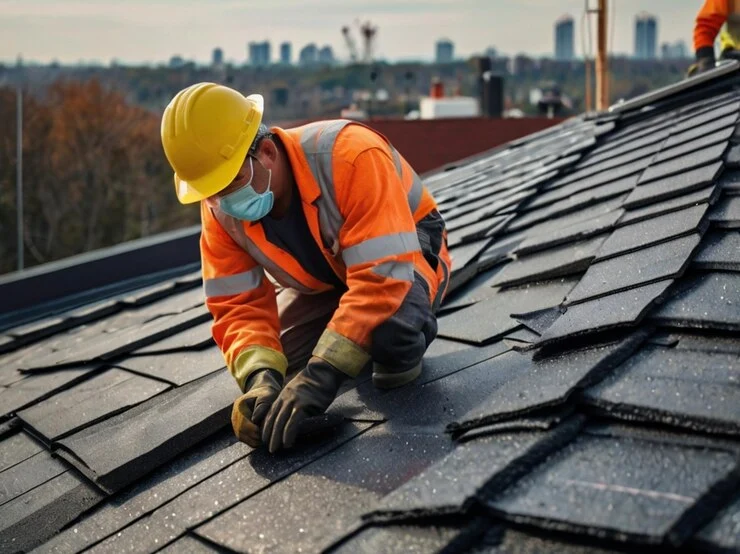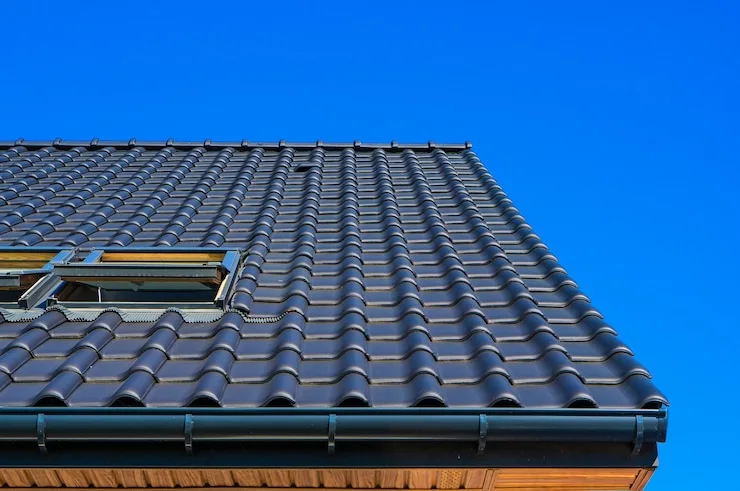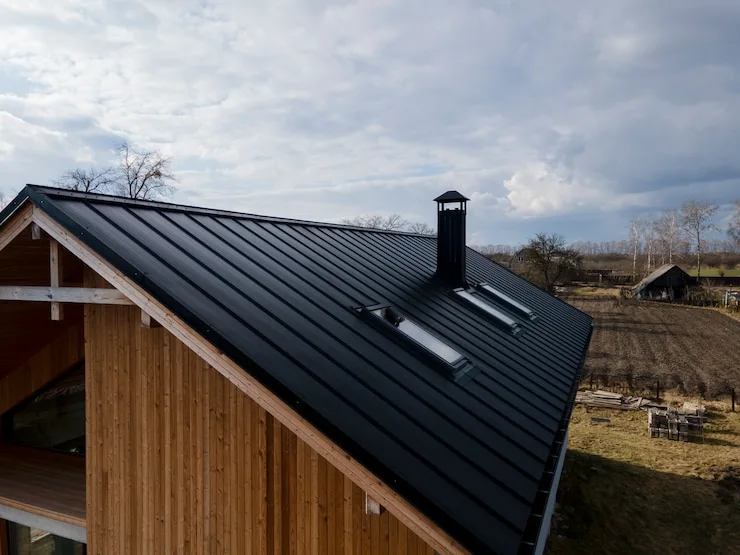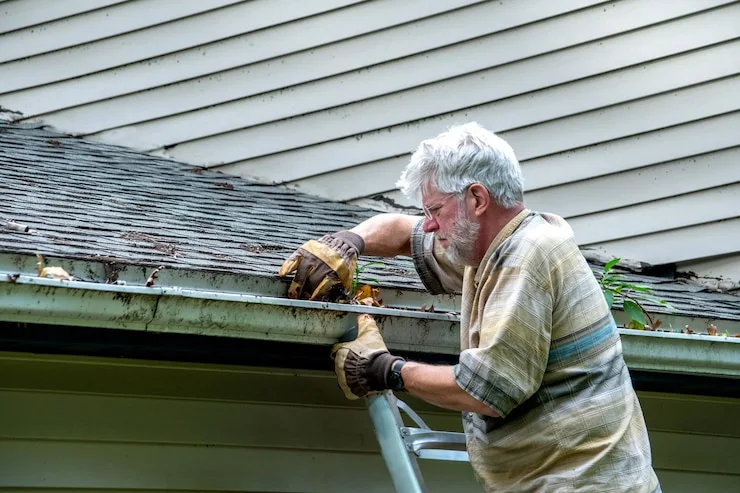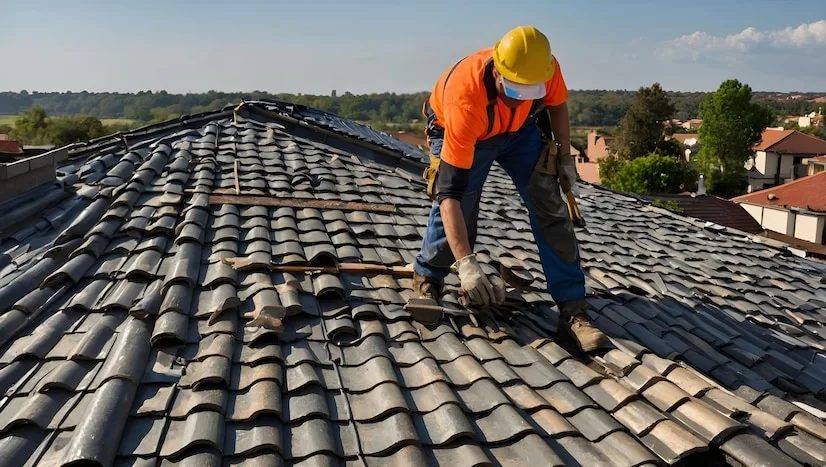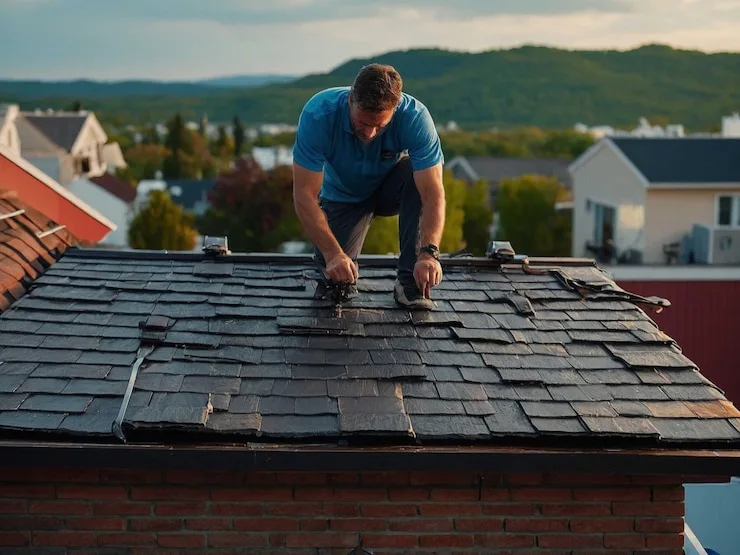Roof Pointing Repair | Everything You Need to Know to Protect Your Home
Roof pointing repair is an essential part of maintaining your roof’s integrity and ensuring your home remains protected from weather conditions and other elements. Over time, exposure to extreme climates and natural wear can deteriorate the roofing material or mortar used to secure ridge capping, leading to potential structural damage if not addressed in time.
At Falcon Roofing, we specialize in roof pointing repair, helping homeowners restore their roofing system to full functionality. In this blog, we will discuss the signs that indicate when roof pointing repair is needed, the steps involved in the repair process, and essential maintenance tips to extend the life of your roof.
Signs Your Roof Needs Pointing Repair
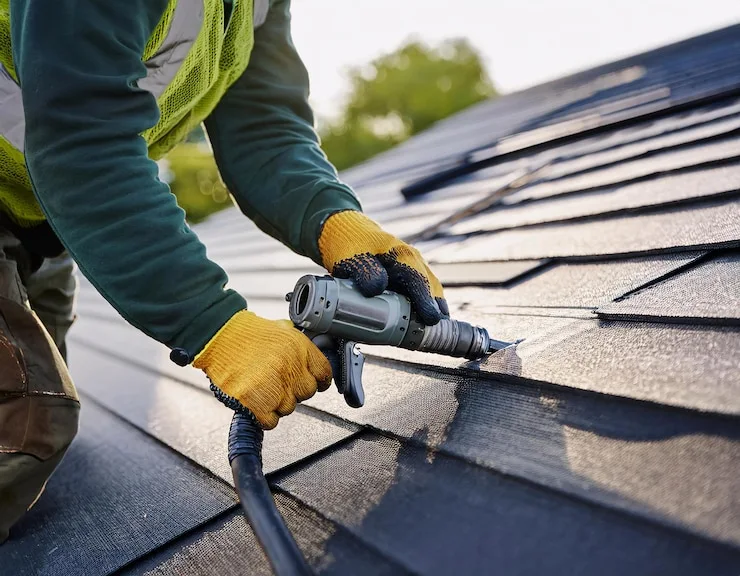
Knowing when your roof requires pointing repair can save you from costly repairs and even the need for a complete roof replacement in the future. Ignoring early signs of damage may lead to water damage, roof leaks, and structural damage, compromising the overall integrity of your home.
Here are some key signs that your roof may need pointing repair:
1. Cracked or Broken Mortar
One of the most visible signs that your roof needs repair is when the mortar between the ridge capping begins to crack or break. Mortar serves as a critical binding material that holds ridge tiles in place. Over time, harsh weather conditions, particularly in Australia’s extreme climates, can cause the mortar to degrade. If left untreated, this can result in roof leaks and water damage inside your home.
2. Loose Ridge Capping
Ridge capping plays a crucial role in protecting your roofing system, especially at the junctions where two roof surfaces meet. When ridge capping becomes loose due to deteriorating pointing material, it can lead to significant structural damage and a damaged roof. If you notice any movement or shifting of the ridge capping, it’s time to contact Falcon Roofing, a professional roofing contractor, for immediate repairs.
3. Roof Leaks
One of the most serious signs of failing roof pointing is a roof leak. Leaks are often the final warning that pointing issues have progressed too far. Once water penetrates your roof, it can lead to water damage, mold growth, and wood rot. Addressing leaks early is crucial to avoid expensive interior repairs and damage to your roofing system.
4. Debris in the Gutter
If you find pieces of mortar or other roofing material in your gutters, this is a strong indicator that your roof’s pointing has begun to deteriorate. During rain, debris from damaged pointing is often washed into the gutters, signaling that the ridge capping is no longer securely fastened to the roof.
5. Age of the Roof
Even if your roof appears to be in decent condition, if it’s over 10–15 years old, you may need to consider a roof inspection to evaluate the state of the pointing. Regular wear and tear take a toll on tiled roofs and their pointing materials over time. Falcon Roofing recommends scheduling a professional roof inspection to catch potential issues before they escalate into costly repairs.
The Roof Pointing Repair Process
Roof pointing repair is a specialized process that involves several key steps to restore your roof’s integrity and protect your home from weather conditions.
1. Inspection
Before any work begins, a thorough roof inspection is necessary to determine the extent of the damage. This includes identifying areas where the pointing has deteriorated, loose ridge capping, and signs of roof leaks or water damage. At Falcon Roofing, our professional roofing experts conduct comprehensive inspections to ensure your roof is properly evaluated.
2. Cleaning the Surface
Once the roof inspection is complete, the surface is cleaned to remove any debris, dirt, or loose mortar. This ensures the new pointing material will bond securely to the existing roofing system. In some cases, pressure washing is used to thoroughly clean the roof, especially on older tiled roofs that may have accumulated moss or dirt.
3. Removing Old Mortar or Flexible Pointing
The old, damaged mortar or flexible pointing material is carefully removed to avoid damaging the tiled roof or ridge capping. This is a crucial step to ensure a clean surface for the new material. If the old mortar has degraded significantly, it is completely replaced to secure the roof and prevent further damage.
4. Applying New Pointing Material
The new pointing material, often a more flexible and durable compound, is applied to the ridge capping and roof tiles. Modern pointing materials are designed to withstand the natural movement of the roof caused by temperature fluctuations and weather conditions, offering better longevity and stability than traditional mortar.
5. Securing the Ridge Caps
Once the new pointing material is applied, the ridge capping is secured in place to protect the roof from future damage and roof leaks. The new pointing forms a seal that ensures water cannot penetrate the roofing material, protecting your home from potential water damage and prolonging the life of your roofing system.
6. Final Inspection and Cleanup
A final roof inspection is conducted to ensure that all work has been completed to the highest standard. Falcon Roofing takes great care in cleaning up any debris, leaving your property as clean as we found it. We ensure that your roof is watertight and ready to withstand future weather conditions.
Roof Pointing Repair Maintenance Tips
Once your roof pointing has been repaired, proper maintenance is essential to keep your roofing system in optimal condition. Here are some tips from Falcon Roofing to help you protect your home:
1. Regular Roof Inspections
Scheduling regular roof inspections is one of the best ways to prevent water damage and catch early signs of pointing deterioration. After a severe storm or extreme weather conditions, it’s essential to have a professional roofing contractor inspect your roof for any damage. Regular inspections can save you money by identifying issues before they require a full roof replacement.
2. Clear Debris from the Roof and Gutters
Ensure that your roof and gutters are kept free of debris, such as leaves and branches. When debris accumulates, it can trap moisture, leading to a damaged roof and the potential for leaks. Clearing debris also helps prevent gutter clogs, which can cause water to back up and damage the roofing material.
3. Trim Overhanging Trees
Overhanging branches can scratch and damage tiled roofs, especially during high winds. Trimming trees near your roof reduces the risk of roof leaks and damage to the roofing system.
4. Use Quality Materials
When performing a roof replacement or roof pointing repair, using high-quality materials is key to ensuring long-lasting results. Inferior materials may fail prematurely, leading to more frequent repairs. At Falcon Roofing, we use top-grade materials for all repairs to provide maximum protection for your home.
Why Choose Falcon Roofing for Roof Pointing Repair?
At Falcon Roofing, we pride ourselves on providing exceptional service and top-tier craftsmanship. Whether you’re dealing with minor pointing issues or need a full roof restoration, our team of experienced professionals is here to help. With years of experience and a commitment to quality, we ensure that your roof remains secure and your home is protected.
FAQs
How do I know if my roof needs pointing repair?
Signs that your roof needs pointing repair include cracked or broken mortar, loose ridge caps, roof leaks, debris in the gutters, and general aging of the roof (10-15 years or more).
How often should roof pointing be replaced or repaired?
Roof pointing typically lasts 10-15 years, depending on the materials used and the local weather conditions. Regular inspections will help identify when repairs are needed before any significant damage occurs.
What is the difference between roof pointing and repointing?
Roof pointing involves applying new material to secure the roof tiles or ridge caps, while repointing refers to repairing or replacing old, damaged pointing to restore its effectiveness.
Can I do roof pointing repair myself?
While minor repairs might seem manageable, roof pointing repair requires experience to ensure the roof is properly sealed and secured. It’s best to hire a professional roofing contractor to avoid potential mistakes that could lead to costly damage.
How long does roof pointing repair take?
The time required for roof pointing repair depends on the size of your roof and the extent of the damage. Typically, a professional repair takes a day or two, but more extensive jobs may take longer.
Is roof pointing repair expensive?
The cost of roof pointing repair varies depending on the size of the roof and the extent of the repairs. It’s more cost-effective to address minor pointing issues early, as delaying repairs can lead to more costly roof replacement or structural damage.

